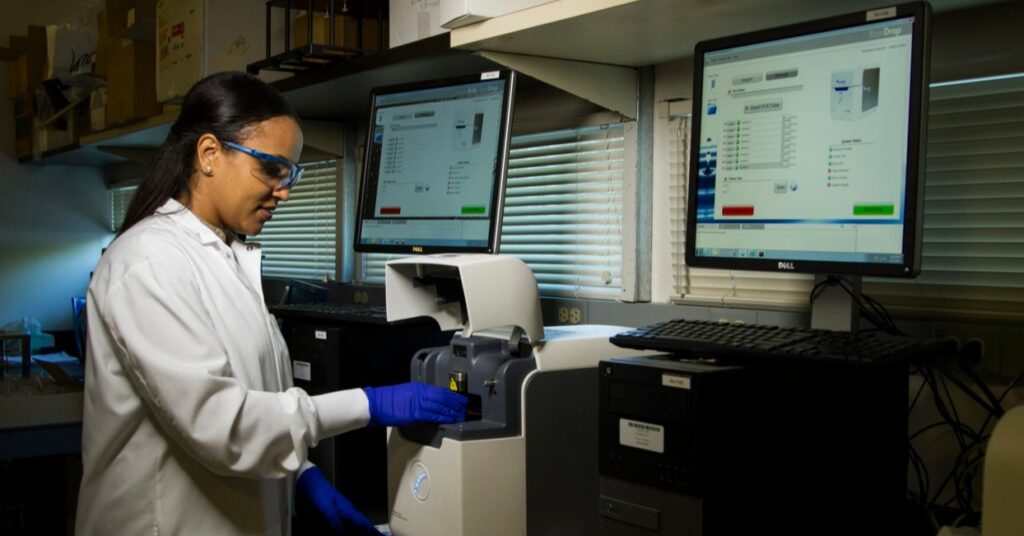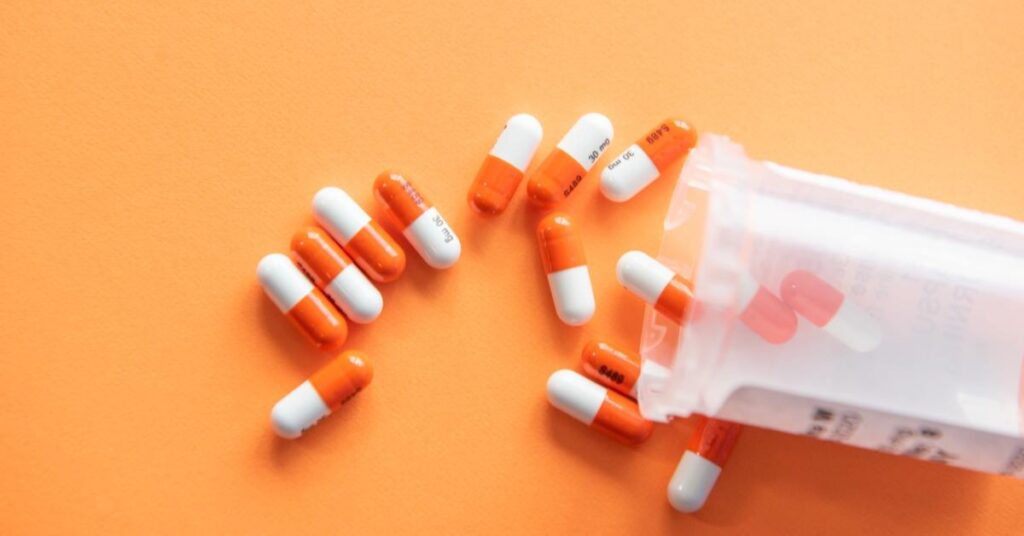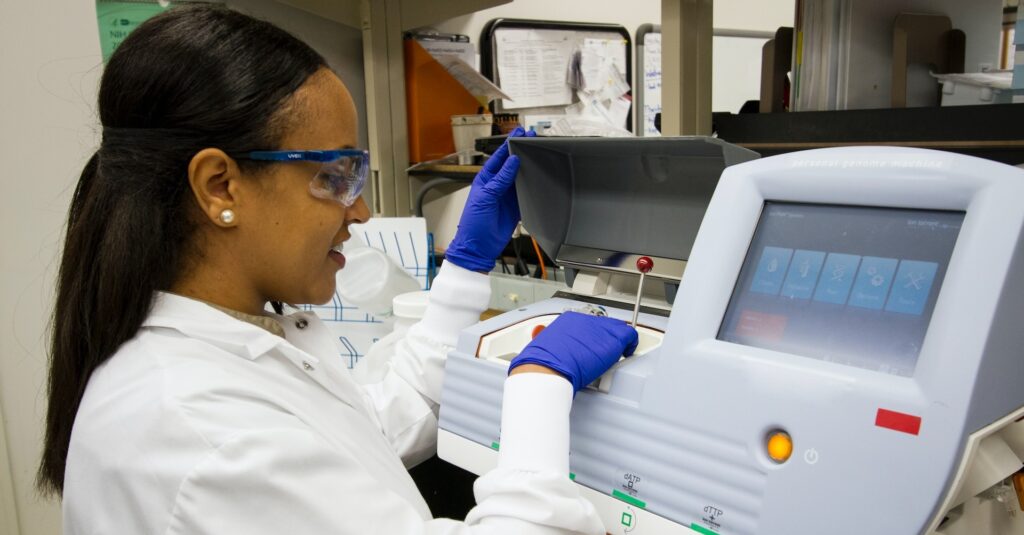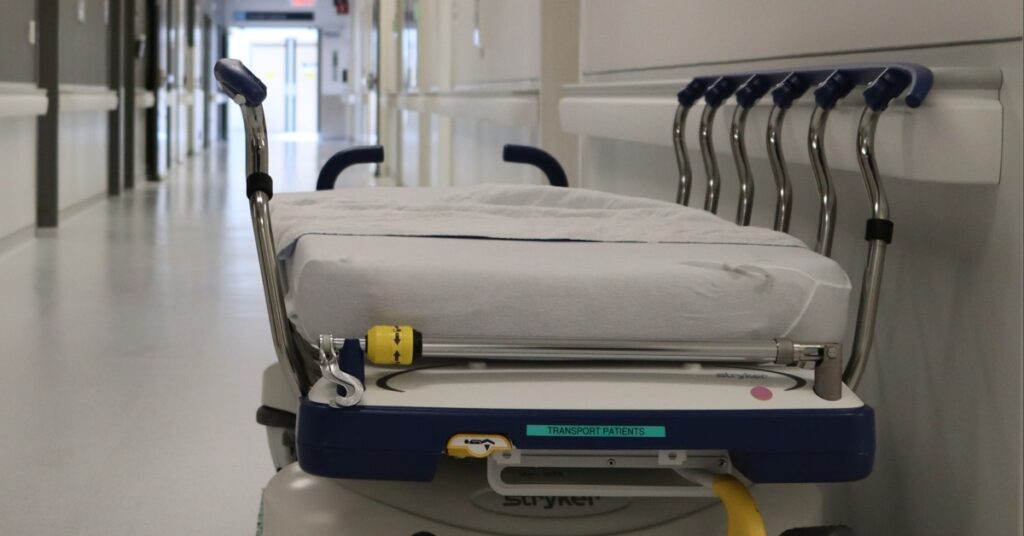
What Is the Epidemiological Triangle?
The epidemiological triad or triangle is an organized methodology used [...]

America’s aging population is creating a growing demand for healthcare providers of all types. Pharmacists are no exception. With chronic diseases such as diabetes, hypertension, and arthritis on the rise, the demand for prescription drugs annually reaches new peaks. According to Statista, the total number of retail prescriptions filled annually in the United States could approach five billion by 2025.
Pharmacists typically enjoy rewarding careers, with perks that include comfortable salaries, flexible career opportunities, and solid job satisfaction. They fill and dispense physician-provided prescriptions and recommend more cost-efficient generic brands, helping patients explore ways to minimize financial burdens. They instruct patients on how to safely use medicine while assisting with over-the-counter medications for minor ailments. Some qualified pharmacists engage in pharmacy research, performing clinical trials for drug companies, conducting research and development, and evaluating drug safety.
Pharmacists must contend with inherent challenges in the American healthcare system. Prescription drug costs continue to soar, much to the consternation of the public, federal and state governments, and even high-profile celebrities. Billionaire investor and owner of the NBA’s Dallas Mavericks Mark Cuban recently launched an online pharmacy for generic drugs “that promises steep discounts over traditional distributors.” A West Health and Gallup study conducted in 2022 found that:
With costs and concerns increasing, quality pharmacists have never been more crucial. Typical pharmacist responsibilities include:
What type of education do you need to perform these duties? The curriculum offered through a Bachelor of Science and Doctor of Pharmacy (BS/PharmD) accredited by the Accreditation Council for Pharmacy Education (ACPE) can qualify aspiring pharmacists as experts in pharmaceutical sciences, biomedical sciences, and drug therapies.
You can expedite your pharmaceutical education through an accelerated undergraduate-graduate program. What is a six-year BS/PharmD program? This article answers that question by addressing:
A six-year BS/PharmD program offers an educational pathway for students to merge pre-pharmacy coursework during the first two years and seamlessly segue into advanced professional study for the remaining four years, culminating in the PharmD doctorate-level degree credential. These programs utilize various formats that cater to recent high-school graduates or students with at least two years of undergraduate study.
BS/PharmD degree programs combine classroom instruction with hands-on experiential learning to prepare professionals to explain safe drug usage and side effects to patients. These programs also teach students foundational and advanced knowledge of pharmaceutical sciences and other essential elements related to pharmacy practice.
BS/PharmD degree holders enjoy excellent salaries and comparative employment flexibility. The United States Bureau of Labor Statistics (BLS) projects a two percent growth in pharmacist roles over the decade; in addition, roughly 13,600 vacancies per year may arise to replace individuals who change occupations or retire. Pharmacists often enjoy high salaries, averaging nearly $129,000 annually, with the highest ten percent earning over $164,000.
Pharmacists work in drug stores and retail chains, although their numbers are declining slightly due to the rise of prescription delivery services. Many other top-paying jobs for BS/PharmD holders exist, including:
Pharmacists enjoy a pleasant work environment. Unlike medical doctors (MDs) or advanced practice registered nurses (APRNs) who directly interact with patients or work in fast-paced environments like emergency rooms or trauma centers, pharmacists tend to work more standard full-time hours. Their jobs typically entail less stress than those of other medical professionals.
Length of study is another beneficial feature to pursuing a six-year BS/PharmD degree. A bachelor’s degree program and a PharmD degree program usually take eight years (four years for each degree) to complete if pursuing those degrees separately.
Admission requirements vary depending on the program and whether the incoming student is enrolling as a high-school graduate, transferring into the program with a few years of undergraduate study experience, or the holder of a Bachelor of Science (BS) degree. All prospective students typically need to adhere to the following:
Applicants considered for admission move on to an interview process. Some programs, such as the University of California – San Francisco School of Pharmacy, require prospective students to obtain a valid intern permit from the California Board of Pharmacy to participate in pharmacy practice experiences.
A BS/PharmD program combines pre-pharmacy and advanced coursework. The first year or two covers the prerequisite curriculum, including:
Beginning the third year, pharmacy students complete more comprehensive coursework to prepare them for patient care and clinical rotations through didactic instruction and experiential learning, covering some of the following topics:
During the program’s final year, students complete their clinical rotations beginning with Introductory Pharmacy Practice Experiences (IPPE), followed by Advanced Pharmacy Practice Experiences (APPE) to develop hands-on, experiential learning.
Following their studies, PharmD graduates must pass the North American Pharmacist Licensure Exam (NAPLEX), which evaluates general practice knowledge obtained from their program. They must also take the Multistate Pharmacy Jurisprudence Exam (MPJE) after receiving their degree. This exam assesses knowledge of laws and regulations for specific states and jurisdictions where they intend to practice.
Although not all BS/PharmD programs offer specializations, there are other opportunities for students to gain experience in an area of interest. For instance, the University of California – San Francisco includes a Discovery Project in its curriculum. In this project, students can select from six themes: biomedical science, clinical science, education science, epidemiology and population science, social and behavioral science, and systems science.
The University of Kentucky offers dual degree programs for pre-pharmacy and PharmD students, including a Master of Public Health (MPH), Master of Business Administration (MBA), Master of Pharmaceutical Sciences (MSPS), and Master of Public Administration (MPA).
Alternatively, students can earn certificates or complete their clinical rotations or residency training in focus areas such as oncology, pediatrics, geriatrics, emergency medicine, critical care, infectious disease, surgery, neurology, psycho-pharmacy, nuclear pharmacy, and cardiology.
The American Association of Colleges of Pharmacy (AACP) lists many possible program structures, including the expedited six-year BS/PharmD program that works best for high school graduates who complete all pre-pharmacy coursework and interview requirements for admission into the program. Additionally, students already admitted into an undergraduate program can transfer to a BS/PharmD program and begin taking pre-pharmacy prerequisite courses.
Any list of the best pharmacy schools should include:
In addition, the University of California – San Diego Skaggs School of Pharmacy and Pharmaceutical Sciences (SSPPS) offers a competitive seven-year BS Chemistry/Doctor of Pharmacy Program.
Most six-year BS/PharmD programs offer on-campus learning options. However, some programs, such as Butler University, offer students a campus-based or online format to complete the didactic education portion of the program. In addition, campus-based students can complete their clinical rotations within Indiana. Hybrid or remote students can work with their placement coordinator to secure placement in their local area.
Bachelor of Science and Doctor of Pharmacy degree programs are competitive and rigorous. They accept only a select number of students each enrollment period. If you pursue this academic path, make sure to optimize all aspects of your admissions application. Your hard work will pay off later with a satisfying and remunerative career.
Questions or feedback? Email editor@noodle.com

The epidemiological triad or triangle is an organized methodology used [...]

A family nurse practitioner (FNP) provides comprehensive primary health care [...]

FNPs practice in a broad range of health care settings. [...]

Some epidemiologists assist pharmaceutical companies in developing safer medicines. Some [...]

Certifications certainly boost one's resume, demonstrating advanced proficiency in a [...]
Categorized as: Medicine, Nursing & Healthcare